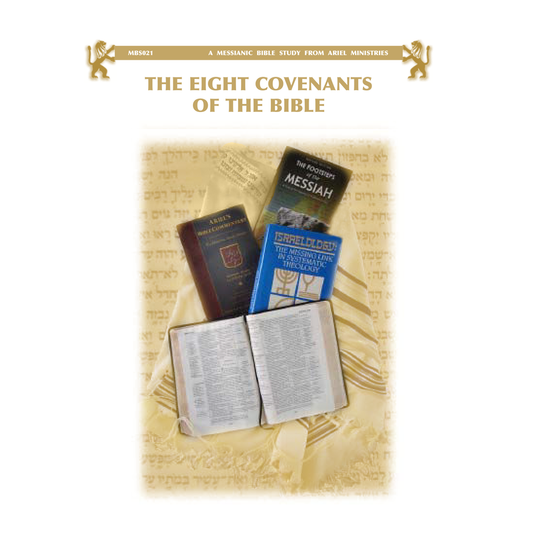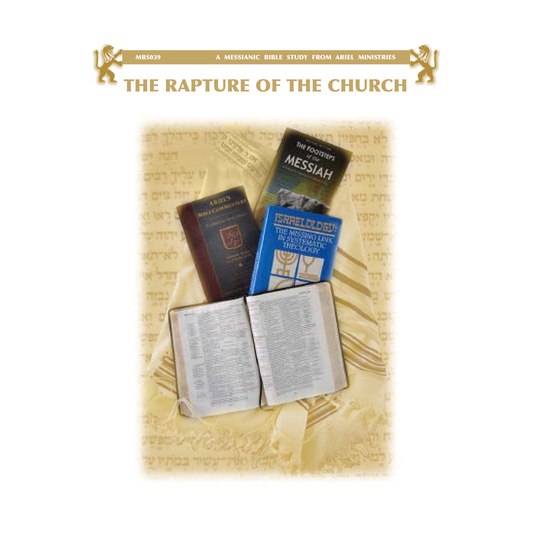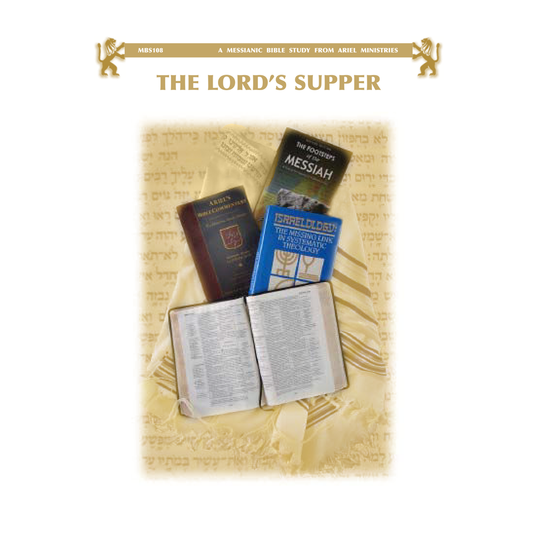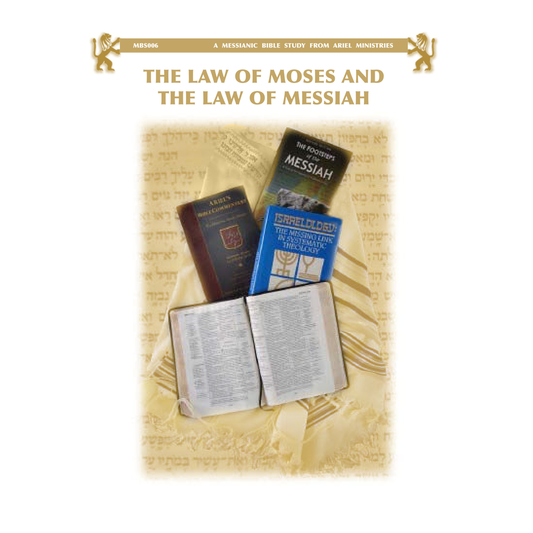Question:
I was recently reading another author who stated that Jewish scholars long before Jesus’ birth recognized the Servant of Isaiah to be the Messiah. Nevertheless, apparently, these scholars were puzzled at the contrast between the suffering Servant and the triumphant Ruler whom Isaiah described. Can you guide me as to whom these Jewish scholars may have been? I believe that our ministry should be to Jews first, and it would be helpful to know these sources when speaking of Isaiah 53 and the Servant mentioned in this chapter.
Dr. Fruchtenbaum's Answer:
A: The other author you read is correct. The ancient rabbinic interpretation of Isaiah 52:1–53:12 was Messianic. There were only a few exceptions to this majority view by some who identified the Servant of Isaiah 53 to be Hezekiah. Let me quote from Appendix 5 of my commentary on Isaiah:
As was pointed out in the discussion of Isaiah 52:13–53:12, most ancient rabbis interpreted this passage to be Messianic. What the rabbis could not reconcile are the contradictory prophecies of a suffering, dying Messiah with a conquering, reigning, and royal Messiah. Will He come riding upon a donkey or riding upon a cloud? A minority of rabbis chose an either/or option: If Israel is righteous, He will come riding on a cloud. If Israel is unrighteous, He will come riding on a donkey. However, the majority of rabbis were uncomfortable with this interpretation and offered an alternative view that speaks of two Messiahs, the first one being Messiah ben Joseph, who will fulfill the suffering and dying prophecies. He will be killed in the Gog and Magog war. Then will come the second Messiah, Messiah ben David, who will win the war of Gog and Magog, resurrect the first Messiah back to life, and bring in the Messianic kingdom and Israel’s final restoration.
Around the year 950, a new interpretation was offered that identified the Servant as representing the whole House of Israel (rarely, the believing element of Israel). Rashi popularized this view in medieval times. Yet, most rabbis rejected this interpretation until the 1800s, when European Jews were leaving the ghettos and were exposed to evangelical believers who used Isaiah 52:13–53:12 as a witnessing tool. At this time, the majority of rabbis adopted the national view. Today, it would be hard to find any rabbi who teaches the Messianic view.
This introduction to the appendix is followed by quotations from more than twenty-five different rabbis that show the development from the Messianic view of the ancient rabbis to the national view. The majority of the quotations are taken from Driver and Neubauer’s exhaustive compilation of rabbinic interpretations of the Isaiah passage, titled:
The Fifty-third Chapter of Isaiah According to the Jewish Interpreters, published in 1877.





